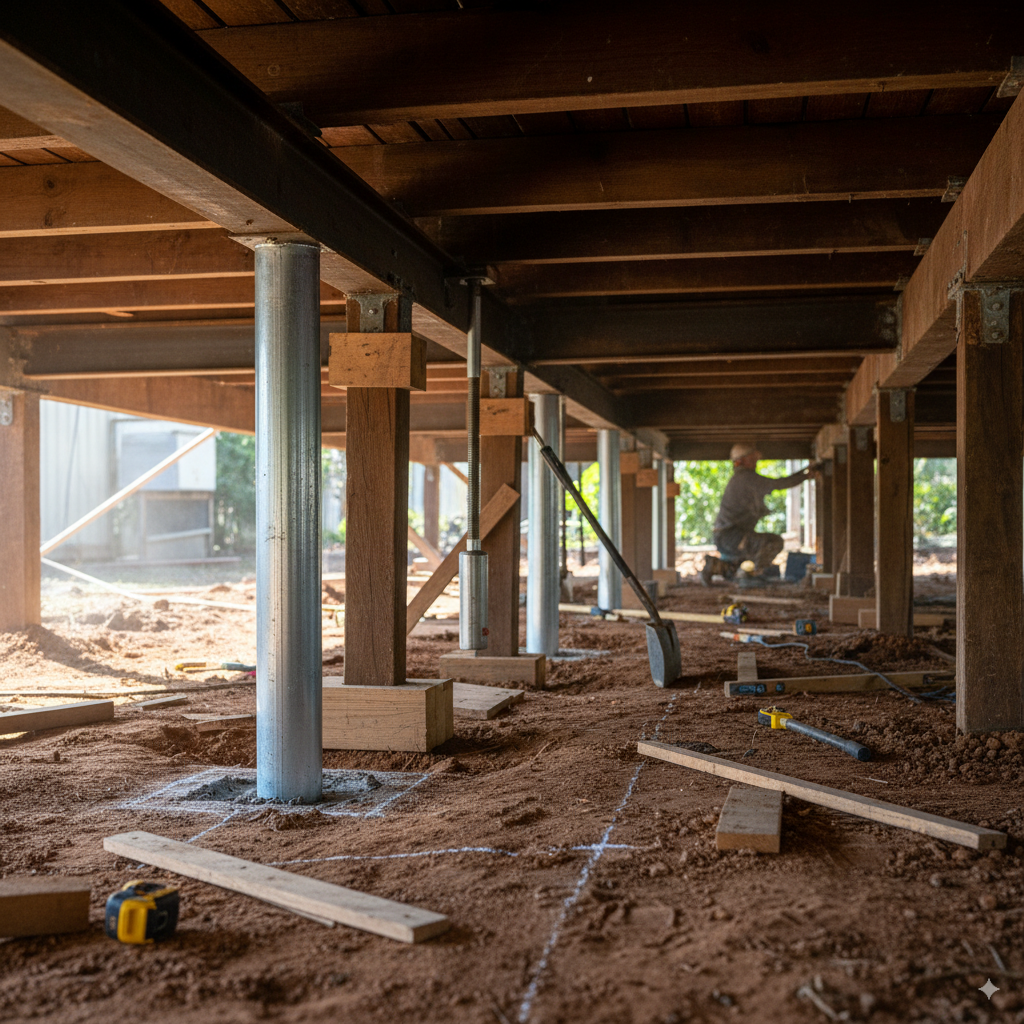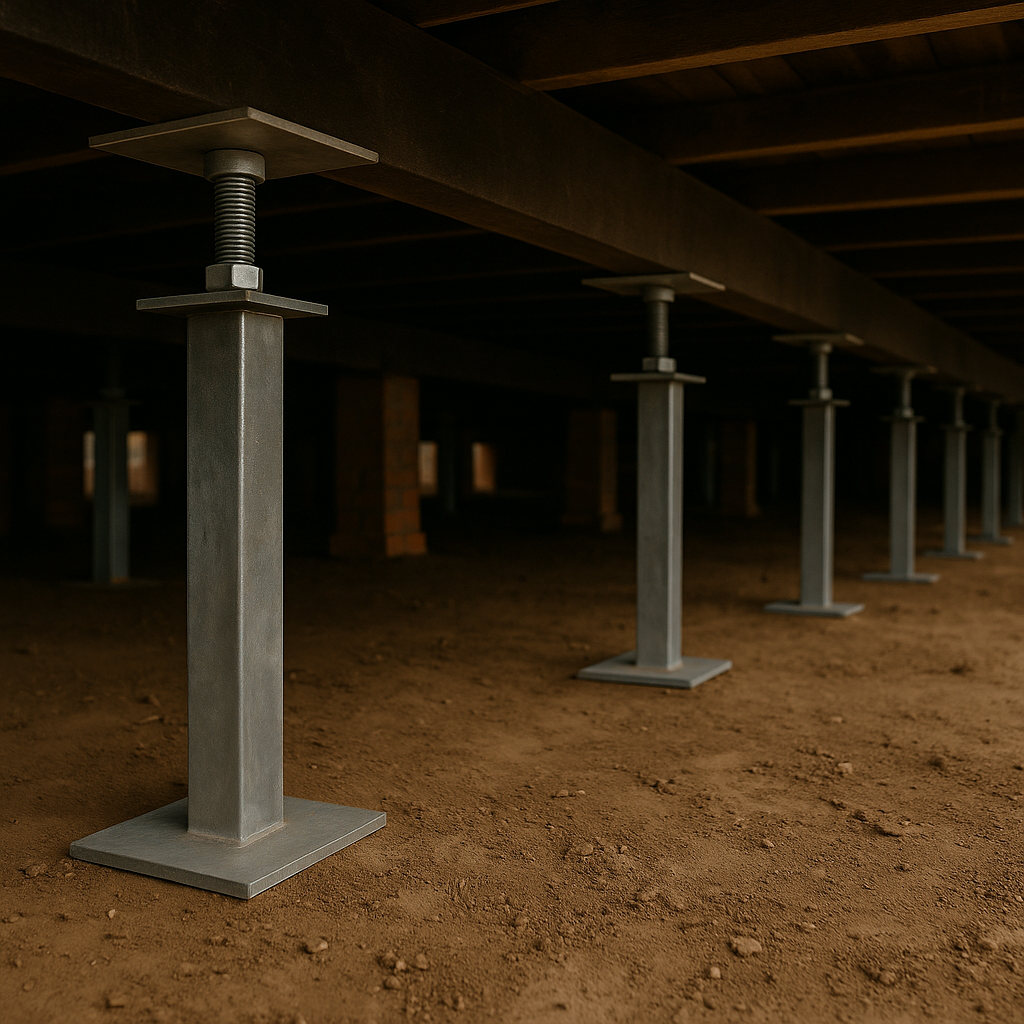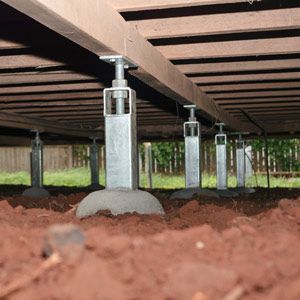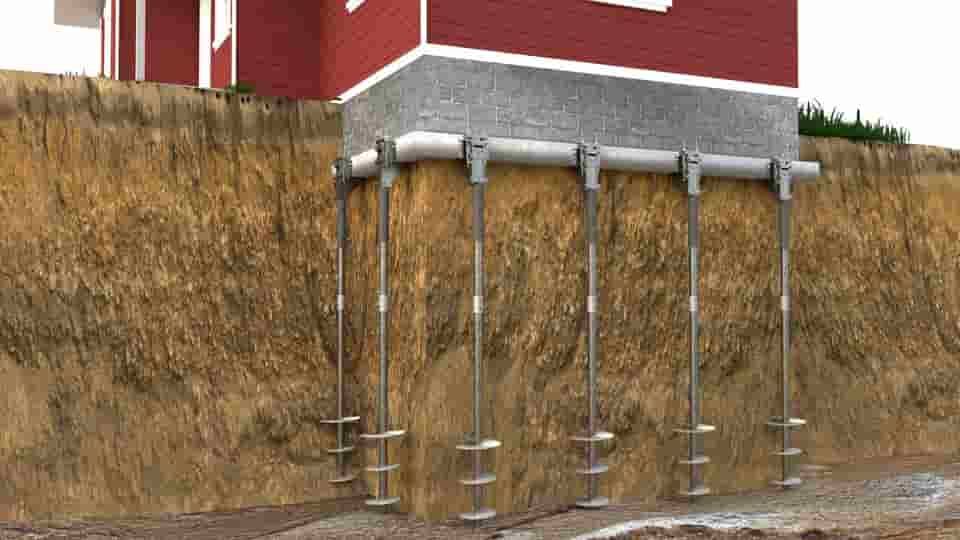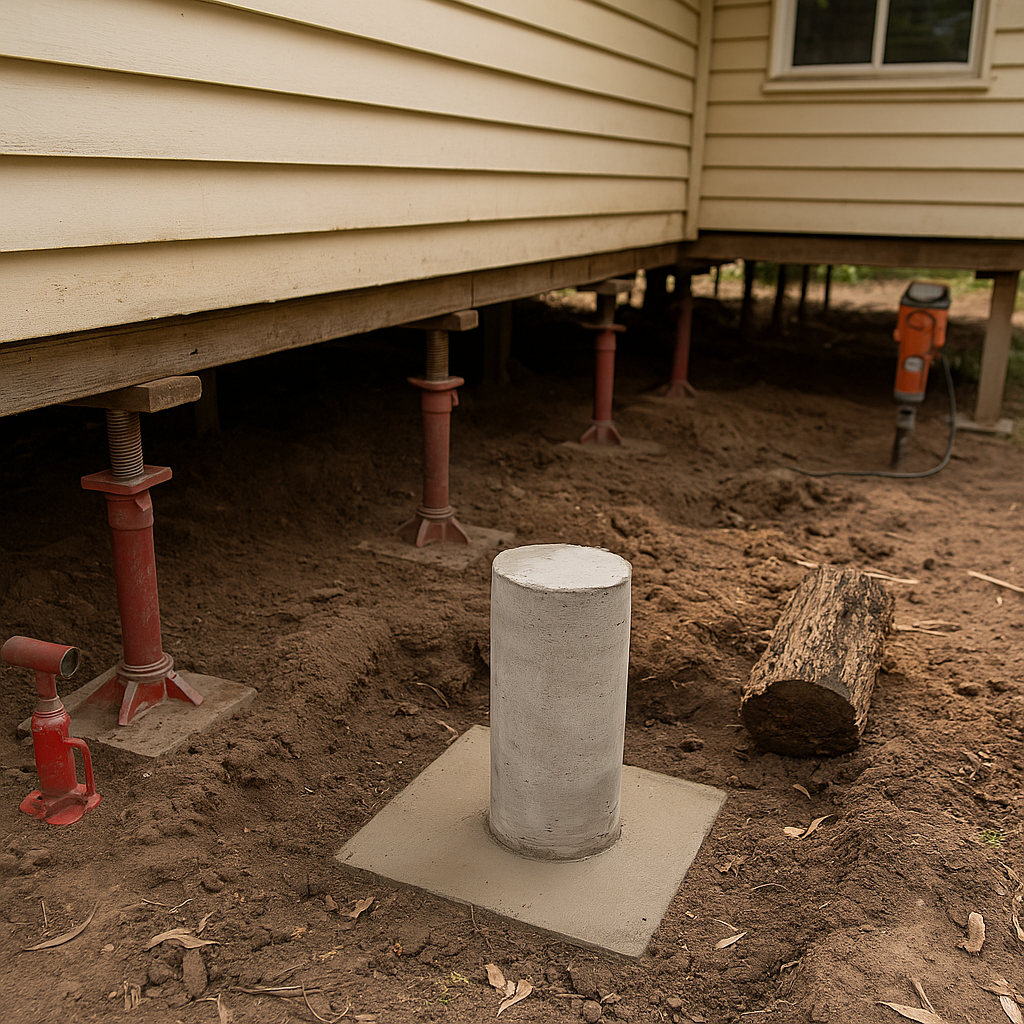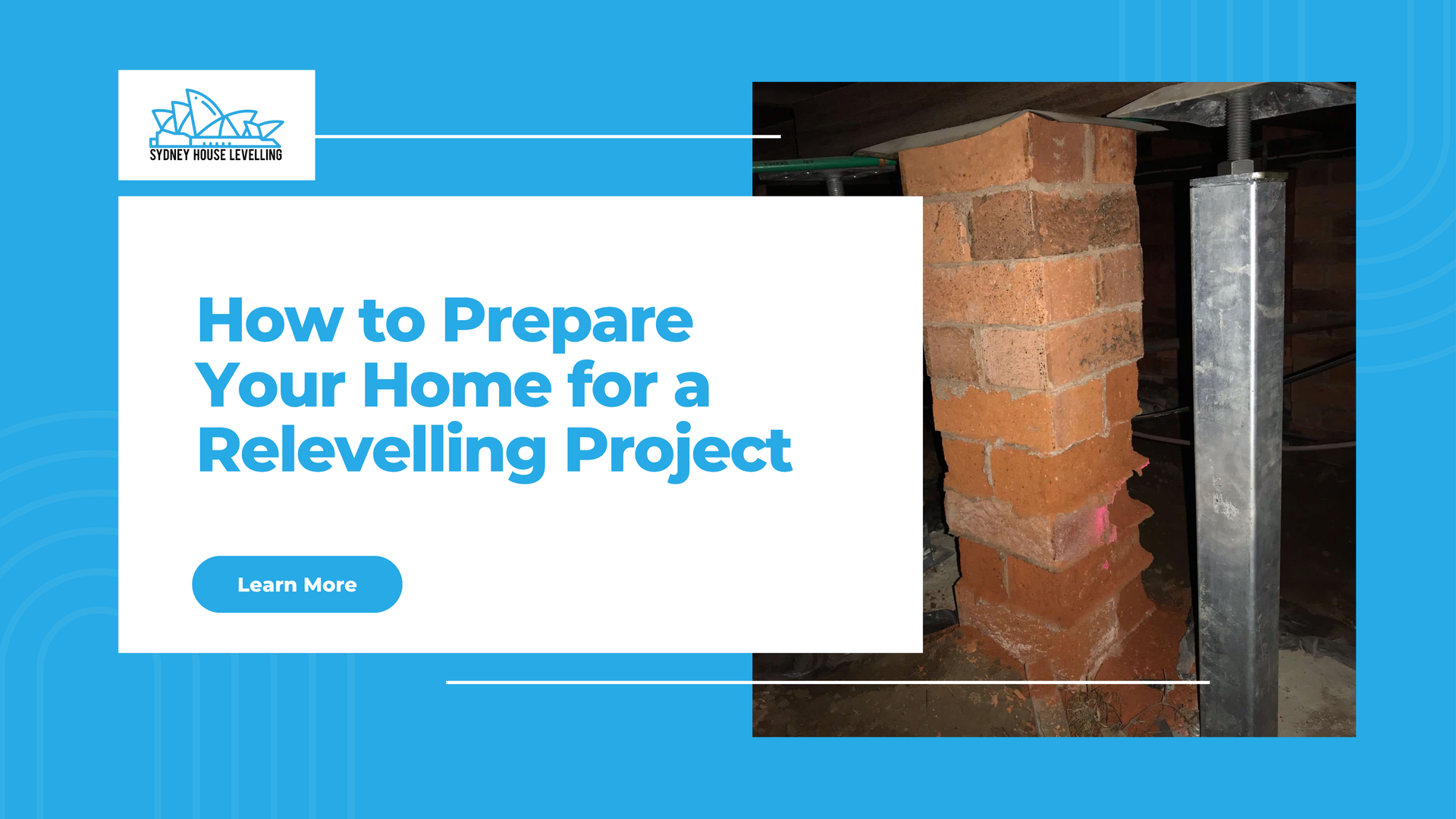Early Warning Signs of Foundation Failure
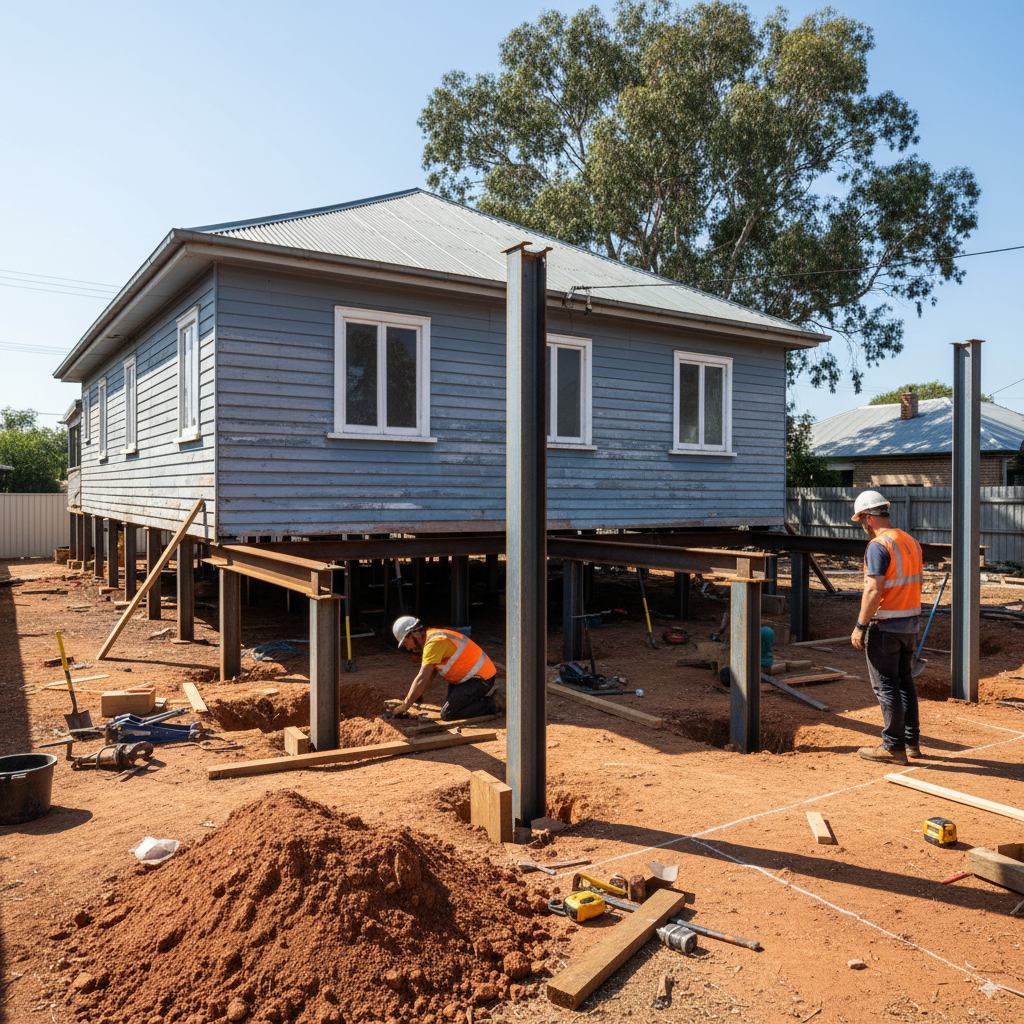
When it comes to maintaining your home’s structural integrity, your foundation plays the most crucial role. Yet, many Sydney homeowners don’t realise there’s a problem until significant and costly damage has already occurred. The good news? Early detection can save you thousands of dollars in repairs and prevent long-term structural issues.
Here are some of the most common early warning signs of foundation failure you should never ignore.
1. Cracks in Walls and Floors
One of the first indicators of foundation trouble is cracking, particularly around door frames, windows, and along the floor. Vertical cracks often suggest natural settling, while horizontal or stair-step cracks may point to more serious structural movement. If you notice widening cracks or new ones forming, it’s time to call in a foundation expert.
2. Doors and Windows That Stick
If your doors or windows suddenly start jamming or won’t close properly, your home may be shifting unevenly. Foundation movement can cause the frames to distort, making it difficult for them to operate smoothly.
3. Uneven or Sloping Floors
Walking through your home and feeling a noticeable slope is a red flag. Uneven floors may mean parts of your foundation are sinking or heaving. A levelling specialist can assess whether the problem lies in the subfloor, soil, or deeper structural issues.
4. Gaps Between Walls, Ceilings, or Floors
Small gaps around your skirting boards, between walls and ceilings, or even between tiles are more than just cosmetic issues. They often signal that your foundation is shifting and pulling the structure apart.
5. Moisture or Water Damage
Sydney’s fluctuating weather and clay-rich soils make homes particularly vulnerable to moisture-related foundation issues. Poor drainage or leaks around the foundation can cause soil expansion and contraction, leading to movement over time.
6. Separation Around Exterior Walls
Look outside your home. If you notice the brickwork pulling away, gaps around window frames, or the foundation appearing uneven, your property could be settling on unstable soil.
7. Sagging or Bowing Walls
In severe cases, you may notice walls starting to lean or bow inward. This is a clear sign of foundation failure and requires immediate attention to prevent collapse or irreversible damage.
What to Do if You Notice These Signs
Foundation problems don’t resolve themselves, and they only get worse over time. If you’ve noticed one or more of these warning signs, it’s important to act quickly. A professional house levelling and foundation assessment can identify the root cause and determine the most effective repair solution before the issue escalates.
Why Choose Sydney House Levelling
At Sydney House Levelling, we specialise in diagnosing and repairing all types of foundation issues. Our experienced team uses modern levelling and underpinning techniques to restore your home’s safety, stability, and value.
We service homes across Sydney and surrounding areas, offering:
✅ Comprehensive foundation assessments
✅ Custom levelling and repair solutions
✅ Expert advice and transparent pricing
Don’t Wait Until It’s Too Late
If you’ve spotted early warning signs of foundation failure, contact Sydney House Levelling today. We’ll help you protect your home before minor issues turn into major structural problems.
📞 Call us now or book a free inspection online.
